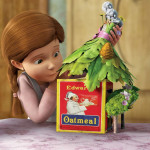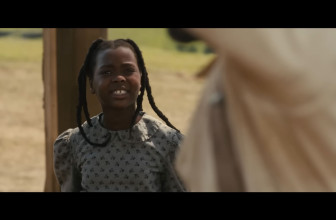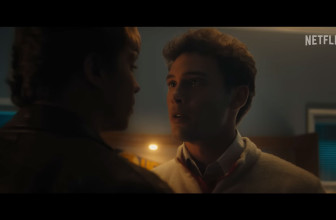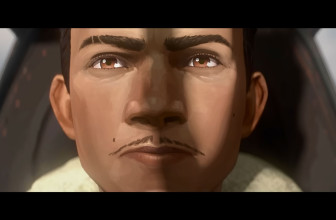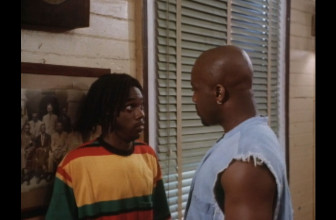If there’s one thing about Disney’s direct-to-video animated releases, it’s that despite the quality, they’re all quite minimalistic in the premise. The Tinker Bell films might be some of their best direct-to-video releases, but even they’ve had grounded ambitions in terms of the storyline. Tinker Bell and the Great Fairy Rescue, which is the third entry to the franchise, is even more minimalistic than both of its predecessors, yet it still maintains the good quality that they bore as well and makes for an interesting direct-to-video franchise where more than one film is excitable.
Normally, direct-to-video films from Disney, at least before the 2010s, used to be mediocre sequels of popular animated films like The Lion King, Aladdin, and Tarzan, but this franchise, as well as its sequels, have all been quite beyond middling.
How to Stream or Download Tinker Bell and the Great Fairy Rescue
You can stream the movie only using the Disney+ service. Alternatively, You can stream it or you can download the film from a digital. Click on the Download button that is located below this review. Check out also our reviews of the two preceding movies: Tinker Bell (2008) and Tinker Bell and the Lost Treasure (2009).
The Movie Review
The film revolves around a summer fairy camp that Tinker Bell attends on the mainland. During that, she visits a human house located nearby and is followed by Vidia.
Lizzy and her father Dr. Griffiths visit this house too, which is supposed to be their summer house. Tinker Bell and Lizzy are curious and explorative, but Vidia is pessimistic about the situation and tries to prevent the encounter between the two.
Tinker Bell eventually ends up catching Lizzy’s attention, who is completely overjoyed about it. She’s excited to tell her father about her fairy friend, but after looking at his collection of captive butterflies, she realizes the consequences and vows to keep her a secret. The two have interesting conversations, where Lizzy reveals her fascination for fairies to Tinker Bell.
Then begins a night Bell spends with the dreamy and optimistic Lizzy, with Vidia keeping an eye on every development.
Somewhere along the lines, the dispassionate Dr. Griffiths notices the fairies and attempts to catch them. Vidia’s role in this entire arc is one of the best aspects of the story.
She definitely manages to redeem all of her past shortcomings in this film, and in ways helps develop Tink as a person. She starts off seeming suspicious of Bell’s commitment to her role as a fairy, but she only happens to be checking up on her, coming to her aid whenever trouble may come her way.
On one such occasion, she gets herself in trouble while making sure Tink remains safe, and that’s where everything continues from, in an adventure where the redeeming Vidia must be rescued by a Tink who’s almost as shocked as the viewer at her once rival’s protectiveness for her.
The premise is minimalistic and holiday-like once again, but the characters are written appreciably, which is qualitatively consistent with the film’s two predecessors. Normally you’d expect films with such a dramatic premise to have some of the corniest writing, but here it’s actually surprisingly good, with the dialogue rarely making you lose any interest.
The screenwriting team of Joe Ansolabehere, Paul Germain, Bob Hilgenberg, and Rob Muir make for one of the sweetest scripts for a direct-to-video Disney animated film.
Bradley Raymond’s direction is pretty much on par with his direction in the very first Tinker Bell film, as well as with the sequel that he didn’t direct. He knows how to tell the story visually, and, sadly, we haven’t seen any animated films directed by him in recent times.
The Bottom Line
Tinker Bell and the Great Fairy Rescue, much like its predecessors, is an enjoyable and sweetly written film throughout. It may not be extraordinary, but it’s the closest to great that a direct-to-video Disney film has managed to come. What it succeeds at most importantly, is making a wholly likeable franchise for Tinker Bell.




















